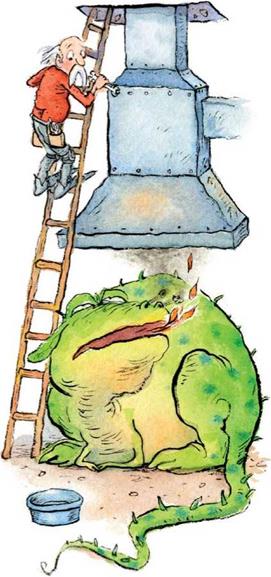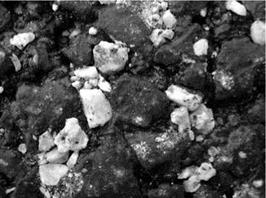Heat-Pump Basics

|
A |
ir-to-air heat pumps use pressurized Freon® gas to absorb heat from the air outside and transfer it to your home. When the thermostat calls for heating, Freon is pressurized, it condenses, and then it turns
is distributed through registers in the floors, walls, and ceiling. At the same time, a fan in the condenser sends cold air outside. You can reverse the cycle for cooling in the summer. (Ground-source heat pumps
to hot liquid. A blower forces air across warm Freon-
use a water/glycol mixture to exchange heat energy
|
|
||
|
|||
|
|
||
|
|
|||
|
|||
|
|||
|
|||
|
|






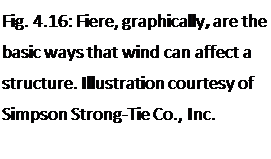
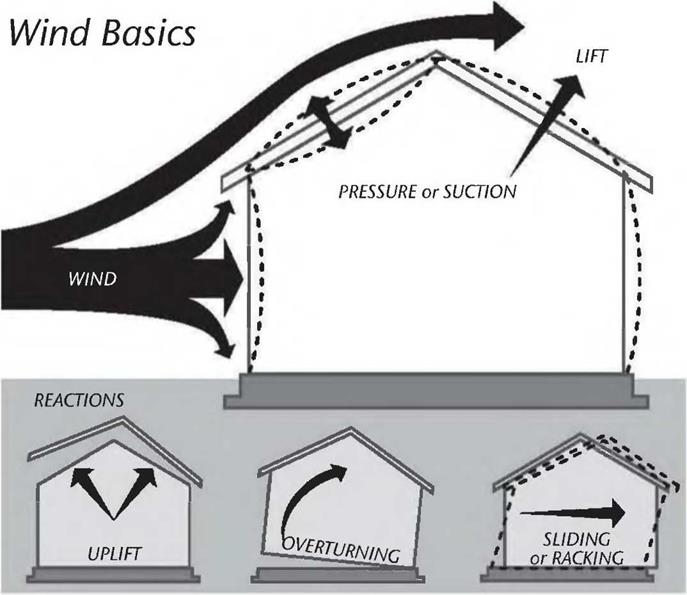

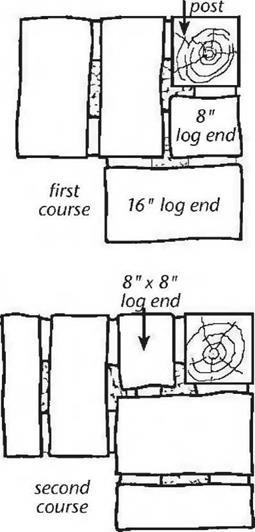 In certain areas of the country like the southern U. S. Gulf Coast, Hawaii, “Tornado Alley,” coastal Alaska, and other areas, code demands a more positive tie-down mechanism than the positioning pin and gravity technique that I employ in northern New York. Fortunately, several manufacturers make a variety of anchoring fasteners whose purpose is to tie the base of the posts to foundations. Three companies are listed in Appendix C. One of the leaders in the field is Simpson Strong-Tie Co., Inc. In their High-Wind-Resistant Construction Product Selection Guide (catalog C-HW02, November 1, 2002), on page 4, they say: “Newer building codes such as the International Building Code (IBC), the International Residential Code (IRC), and the Florida Building Code (FBC),
In certain areas of the country like the southern U. S. Gulf Coast, Hawaii, “Tornado Alley,” coastal Alaska, and other areas, code demands a more positive tie-down mechanism than the positioning pin and gravity technique that I employ in northern New York. Fortunately, several manufacturers make a variety of anchoring fasteners whose purpose is to tie the base of the posts to foundations. Three companies are listed in Appendix C. One of the leaders in the field is Simpson Strong-Tie Co., Inc. In their High-Wind-Resistant Construction Product Selection Guide (catalog C-HW02, November 1, 2002), on page 4, they say: “Newer building codes such as the International Building Code (IBC), the International Residential Code (IRC), and the Florida Building Code (FBC),
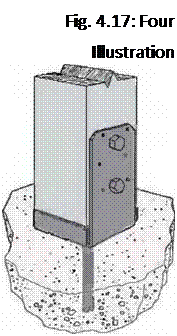
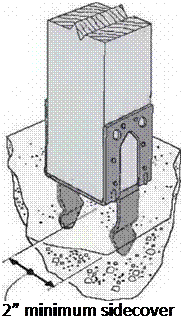
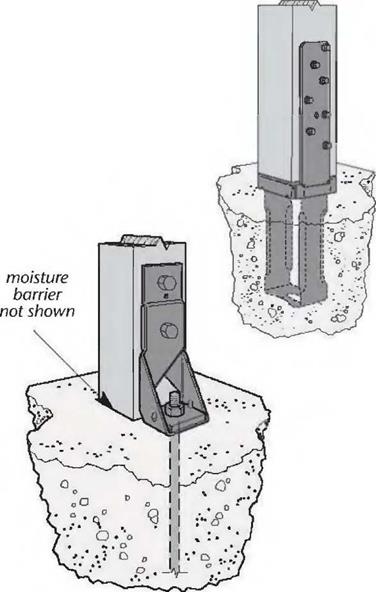 have had a pr...
have had a pr...